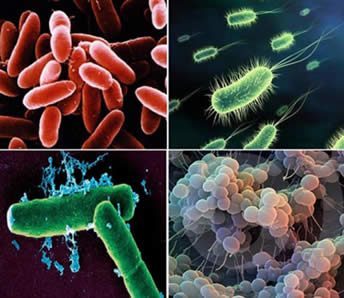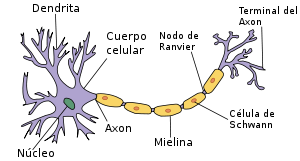 The word Sterilization refers to the process by which microorganisms are eradicated from a certain surface or instrument. In medicine, this word is also used to refer to the surgery that is practiced in both humans and animals in order to affect fertility, constituting a permanent method of contraception.
The word Sterilization refers to the process by which microorganisms are eradicated from a certain surface or instrument. In medicine, this word is also used to refer to the surgery that is practiced in both humans and animals in order to affect fertility, constituting a permanent method of contraception.
Sterilization, in its sense of eradication of microorganisms, is carried out in order to prepare surfaces, instruments and even body areas for various procedures or surgical acts. Its purpose is to prevent germs from colonizing the tissues causing infections.
In the past, a large percentage of patients who underwent surgery or suffered injuries died from infections, today this risk has been minimized thanks to sterilization procedures.
The eradication of germs from areas, surfaces, medical furniture, equipment and instruments is usually carried out chemically with disinfectant products and also with physical means such as heat and gas, for the latter, equipment known as an autoclave is used. These processes are carried out based on standardized protocols that guarantee their quality.
The sterilization of body surfaces is carried out chemically, before a surgery or a procedure the eradication of germs must be carried out, which is known as antisepsis, once the microorganisms have been eradicated, it is necessary to maintain hygiene conditions avoiding contamination, the latter constitutes the asepsis.
The skin and mucous membranes are surfaces colonized by a great variety of germs that constitute their usual flora. When there is an entrance door to the interior of the organism, these germs colonize tissues that do not have the mechanisms to protect themselves from them, thus originating infectious processes. This is very common with the main bacteria found on the skin, known as Staphylococcus (Staphylococcus aureus), when there is a cutting wound or there are entry ports through the skin (as in patients with venous lines or in drug addicts who use syringes) this microorganism is capable of entering the body and colonizing the bones , joints and internal organs causing serious infections, which in some cases can be fatal.
Another group of germs capable of causing infections can reach the tissues when areas such as operating rooms, equipment or surgical instruments are contaminated by failures in the sterilization process, this caused the so-called intra-hospital infections, in which a special group of microorganisms such as Pseudomonas, Proteus, Klebsiella and Enterobacteriaceae that share two characteristics that deserve great attention, such as their great resistance to a large number of antibiotics and their high mortality rate, especially when the infection affects the elderly, young children, chronically ill patients and immunocompromised patients.
One of the factors related to the development of bacterial resistance has been the abuse and misuse of antibiotics, an aspect that merits deep reflection and change in behavior by doctors and patients.









